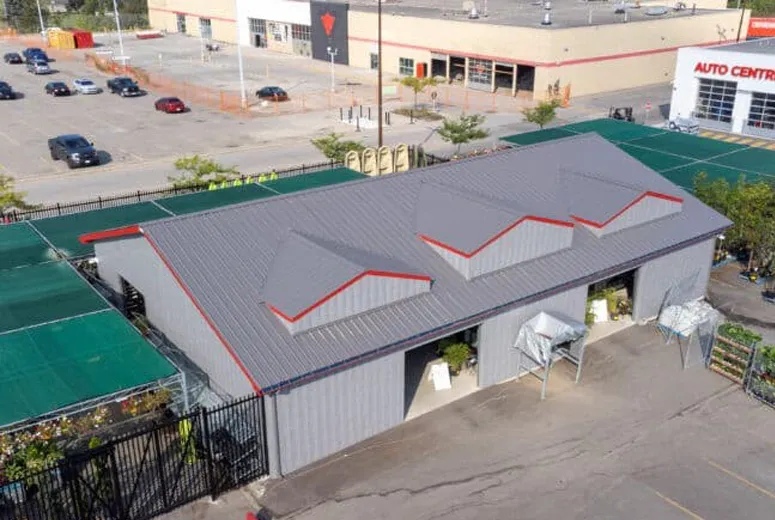- Afrikaans
- Albanian
- Amharic
- Arabic
- Armenian
- Azerbaijani
- Basque
- Belarusian
- Bengali
- Bosnian
- Bulgarian
- Catalan
- Cebuano
- Corsican
- Croatian
- Czech
- Danish
- Dutch
- English
- Esperanto
- Estonian
- Finnish
- French
- Frisian
- Galician
- Georgian
- German
- Greek
- Gujarati
- Haitian Creole
- hausa
- hawaiian
- Hebrew
- Hindi
- Miao
- Hungarian
- Icelandic
- igbo
- Indonesian
- irish
- Italian
- Japanese
- Javanese
- Kannada
- kazakh
- Khmer
- Rwandese
- Korean
- Kurdish
- Kyrgyz
- Lao
- Latin
- Latvian
- Lithuanian
- Luxembourgish
- Macedonian
- Malgashi
- Malay
- Malayalam
- Maltese
- Maori
- Marathi
- Mongolian
- Myanmar
- Nepali
- Norwegian
- Norwegian
- Occitan
- Pashto
- Persian
- Polish
- Portuguese
- Punjabi
- Romanian
- Russian
- Samoan
- Scottish Gaelic
- Serbian
- Sesotho
- Shona
- Sindhi
- Sinhala
- Slovak
- Slovenian
- Somali
- Spanish
- Sundanese
- Swahili
- Swedish
- Tagalog
- Tajik
- Tamil
- Tatar
- Telugu
- Thai
- Turkish
- Turkmen
- Ukrainian
- Urdu
- Uighur
- Uzbek
- Vietnamese
- Welsh
- Bantu
- Yiddish
- Yoruba
- Zulu
Dec . 12, 2024 06:10 Back to list
The Essence of Pre-Engineering in Building Structures
Pre-engineering is a pivotal concept in modern construction that revolutionizes the way building structures are conceived, designed, and assembled. This approach leverages advanced techniques to enhance efficiency, reduce costs, and ensure optimized performance in the buildings we inhabit today. As urbanization accelerates and the demand for efficient construction grows, pre-engineering emerges as a beacon of innovation and practicality.
Understanding Pre-Engineering
At its core, pre-engineering refers to the process of designing building components before the actual construction begins. This method often includes the use of prefabrication, which involves manufacturing parts in a controlled environment before transporting and assembling them on-site. The goal is to minimize the time and labor required during construction, reducing the overall project timeline significantly.
One of the most prominent examples of pre-engineered buildings (PEBs) is the use of steel structures. These buildings consist of pre-fabricated sections that are designed to specific dimensions, which not only simplifies the construction process but also enhances the strength and durability of the final product. This can lead to substantial cost savings while ensuring high quality and performance standards.
Benefits of Pre-Engineering
1. Time Efficiency One of the most significant benefits of pre-engineering is the reduction in construction time. By assembling components off-site, the actual on-site labor can focus on setting up the structure rather than building it from scratch. Major components can be manufactured simultaneously, leading to parallel workflows that drastically cut down the time required to erect a building.
2. Cost-Effectiveness With reduced labor costs and a shorter construction schedule, pre-engineered buildings often come with a lower overall price tag. Furthermore, the precision involved in pre-engineering minimizes waste production, thus conserving materials and lowering expenses even further.
3. Quality Control Manufacturing components in a factory setting provides an opportunity for stringent quality control measures. This environment allows for consistent production standards and regular inspections, ensuring that each component adheres to the required specifications before it reaches the construction site.
pre engineering building structure

4. Flexibility and Customization Contrary to the misconception that pre-engineered buildings are generic and uninspired, today’s technology allows for a high degree of customization. Architects and designers can collaborate with engineers to develop unique structures that meet specific design requirements while still adhering to pre-engineered methods.
5. Sustainability The growing focus on sustainable construction practices has made pre-engineering an attractive option. By optimizing the use of materials and minimizing waste, pre-engineered buildings contribute positively to environmental sustainability. Additionally, the efficiency in building processes often leads to energy-efficient designs that offer long-term cost savings in utility expenses.
Applications of Pre-Engineering
Pre-engineered buildings find applications across various sectors, including commercial, industrial, and residential construction. From warehouses and factories to office buildings and retail spaces, the versatility of pre-engineering allows it to meet a wide range of architectural needs. Moreover, these techniques are increasingly being adopted for residential projects, particularly in urban settings where space and time constraints are prevalent.
For instance, pre-engineered steel structures are widely recognized for their ability to create expansive roof spans without the need for numerous internal columns. This feature is particularly valuable in large commercial areas and shopping malls, enabling a more flexible and open floor plan.
The Future of Pre-Engineering
As technology continues to advance, the future of pre-engineering in the construction industry looks promising. Innovations such as 3D printing and modular construction are likely to further enhance the effectiveness of pre-engineered systems. With a continued push towards efficiency, sustainability, and customization, pre-engineering may soon become a standard practice rather than an exception in the building sector.
In conclusion, pre-engineering is not merely a construction trend; it represents a fundamental shift in how we conceive and execute building projects. By providing significant advantages in time, cost, quality, and sustainability, pre-engineered buildings are poised to play a crucial role in shaping the future of architecture and construction. As we embrace this methodology, we pave the way for more innovative, efficient, and environmentally friendly buildings that meet the demands of tomorrow's urban landscapes.
-
How Do Prefabricated Steel Structures Transform Modern Construction?
NewsJul.14,2025
-
How Do Prefabricated Metal Buildings Redefine Modern Construction?
NewsJul.14,2025
-
How Do Prefab Insulated Metal Buildings and Steel Structures Revolutionize Modern Construction?
NewsJul.14,2025
-
How Do Pre - Engineered Steel Structures Redefine Modern Construction?
NewsJul.14,2025
-
Advancing Modular Construction with Prefabricated Metal Structures
NewsJul.14,2025
-
Advancing Industrial Infrastructure with Prefabricated Steel Solutions
NewsJul.14,2025
Products categories
Our Latest News
We have a professional design team and an excellent production and construction team.












